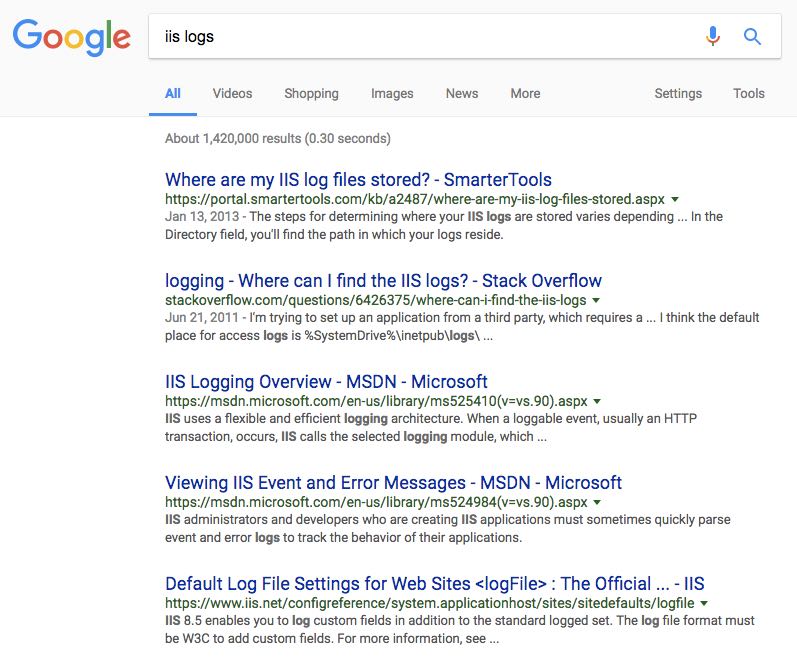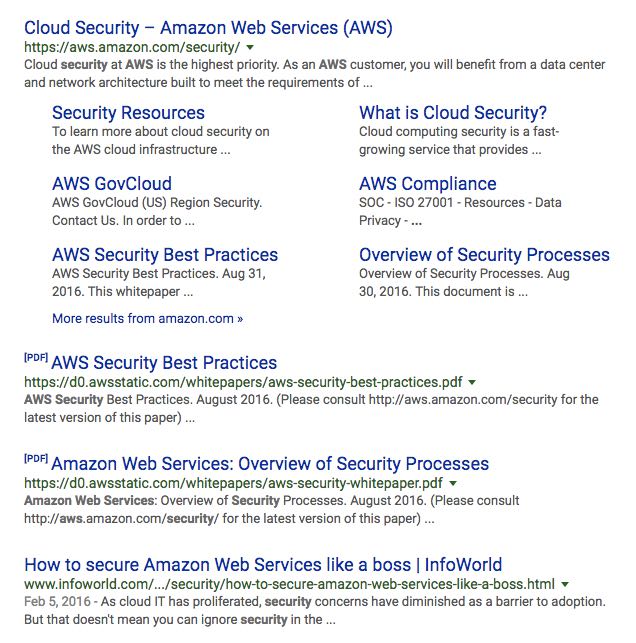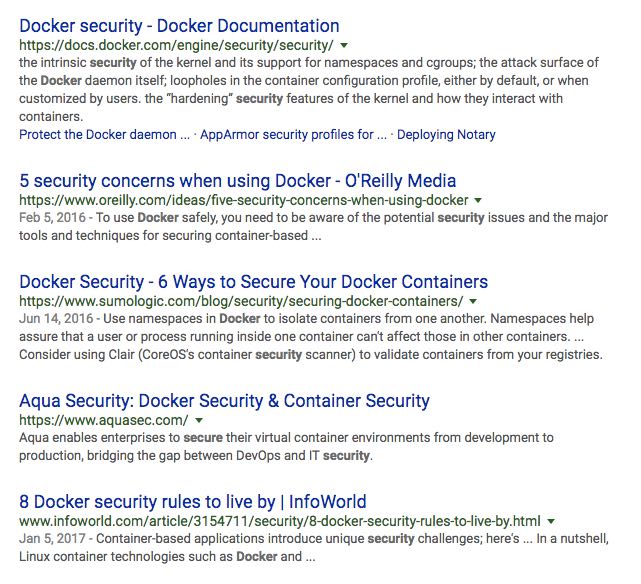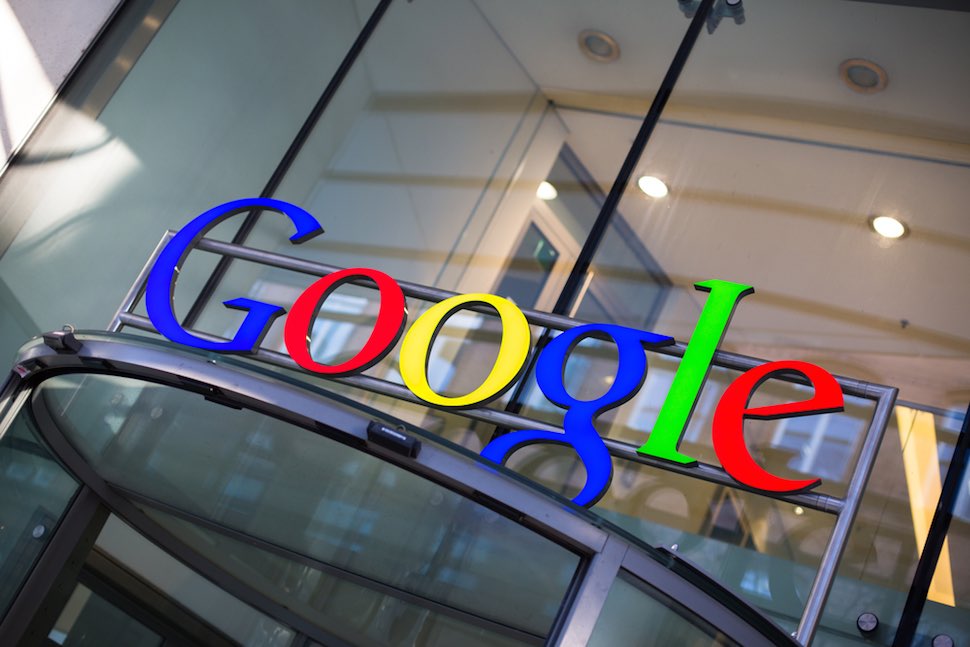What 2 Years of Research Taught Us About SEO for Tech Brands and the Surprising Insight that Changed Our Content Strategies
Technology companies can’t do SEO and content marketing like the rest of the world.
Over the past two years, Profound Strategy has worked with several leading technology companies. That time has been filled with significant keyword and user intent research, technical content creation, and testing. After research and analysis of hundreds of industry keywords, we discovered that the audience and user intent behind most tech-industry keywords wasn’t at all what we expected.
5 Things We’ve Learned About Keywords and Content Marketing for Technology Companies
Most B2B technology brands focus their content priorities on sales pages. Content is translated to layman’s terms and is more benefit-driven than educational. Dry, technical content is buried deep within PDFs and manuals. This follows some of content marketing’s best practices: we know online audiences have short attention spans and technical jargon turns readers off. Compelling content is aesthetically pleasing and easy to read and digest.
For other industries that might be true—but not for tech.
As we researched hundreds of industry keywords for user intent insights, we learned that high-ranking and high-performing content for tech industries doesn’t adhere to marketing’s best practices. We found that clients’ sales pages weren’t ranking or converting because the target audience—and its intent—had been grossly misidentified, so content was missing the mark. What we discovered was revolutionary for both us and our clients:
- For most technology keywords, the primary user intent is (deep) learning. Knowledge acquisition comes first; sales come second. Sales pages don’t rank well because they don’t cater to user intent. Educational content ranks higher and drives technical users through the purchasing funnel more effectively than sales content, and they’re looking for detail: code, technical information, etc.
- Code is sexy. The primary user intent is often not only learning, but learning on a very advanced level. While it may seem counter-intuitive to include detailed code outside of product documentation, that’s exactly what a technical audience wants to see. Detailed how-to content that includes code performs well. Catchy headlines, value statements, and layman’s terms are less effective.
- Detailed definition information is critical for products utilizing new technologies. When encouraging technical users to switch from the applications and technologies they know, it’s crucial to define what the new technology is, how it works, how it integrates, and what benefits it brings.
- Aesthetics may not be necessary, but are probably an opportunity. Top-ranking search results for technology keywords are often ugly—they look less like blog posts and landing pages than detailed documentation manuals. We know that online technology audiences are primarily interested in detailed content, it doesn’t necessarily mean that design wouldn’t be appreciated. Meaningful aesthetics might be a differentiating factor to push high-quality content above the crowd for competitive keywords. Who will be the first to make the most helpful content in your niche beautiful to look at?
- Detailed content boosts credibility. Providing thorough documentation highlights expertise, establishes authority, and provides proof of industry knowledge. Technology buyers want their products to come from companies who will provide advanced implementation support. Detailed, easily accessible documentation inspires confidence that any issues encountered post-purchase will be resolved quickly and painlessly.
Learn more: Tech Company Content Marketing and SEO: Are You Sitting on a Gold Mine? →
These needs are driven by the size and diversity of B2B purchasing committees. B2B decision-making isn’t exclusive to the C-suite. In fact, 81% of mid-level managers and individual contributors have a say in purchasing decisions. In technology companies, these influencers are developers and architects who are in the trenches doing the work, and the people who sign the checks are leaning on them—probably pretty heavily—to decide which solution is best.

Top-ranking results for “iis logs” don’t include any sales pages (or even very basic “what is” answers), but they do include detailed help documentation, lots of industry jargon, and pieces of code in titles and meta descriptions!

After the top-level branded page in position one, organic search results for “aws security” include PDF documents and detailed, “how to” information. Again, there are no entry-level (“what is?”) answers.

Even the #1 organic result for “docker security” is a documentation page on the brand site. Other top result include mostly detailed, actionable content rife with industry jargon.
As a result, B2B technology content must cater to the user intent of—and build credibility with—an audience of technical practitioners.
Getting Started with Engagement SEO for Technology Companies
Content that engages the technical practitioners who make up online tech audiences is detailed, actionable, and zero-fluff. It requires marketers to think differently about content—replacing aesthetic imagery with snippets of code, and utilizing technical industry jargon in place of layman’s terms.
There are a few steps to take to revise SEO and content marketing initiatives for enhanced engagement from a technical audience:
- Conduct User Intent Analysis – Conducting user intent analysis is a crucial first step. While we’ve consistently seen a detailed learn intent for tech industry keywords, every industry and sector has its own intricacies. Additionally, because many tech companies use new or rapidly advancing technologies, user intent can change quickly and one keyword can represent multiple “learn” intents. The only way to know if content caters to audience needs is to perform your own user intent research.
- Cater Content to Technical User Intent – Create content that matches the needs of your audience. The good news is that everything you need to get started likely exists in product documentation PDFs and user manuals. By scouring existing sources, you may discover a stockpile of highly valuable technical content that’s primed for repurposing.
- Cater Media to Technical User Intent – Designers should spend their time developing relevant media. While stock photos, promotional videos, and infographics aren’t necessary, product demos and product visualizations are useful to a technical audience.
- Work with Technical Team Members – Adding a team developer or architect to your content review process is crucial. They may be reluctant at first, but technical accuracy and relevancy is critical for meeting users’ needs and driving brand authority.
- Gate Content with Caution – Technical practitioners are most interested in unbranded, educational content that is readily accessible, and are more likely to abandon gated landing pages or provide false information. Target online audiences are accustomed to knowledge sharing sites with extensive, open information. Too much gated content can make a tech brand look out of touch and irrelevant.
If you do find that certain keywords populate results that signal purchase intent or are designed to cater to an executive audience, focus the content for those keywords on thought leadership. And if all of this sounds like more research and catering than your team has time for, contact ours to talk about how we can help.
Content that provides solutions to common industry pain-points or inefficiencies is effective in capturing the interest—and respect—of the executives who provide final sign-off on purchases.
Winning SEO for B2B Technology Brands
Content that influences conversions for B2B tech companies focuses on helping technical practitioners gather all of the information needed to recommend a solution to senior leaders. It is educational, detailed, and technical rather than salesy, insinuating (rather than shouting) that the right decision is a product or application your company provides.
Start by conducting your own user intent research for core keywords to learn who your audience really is, and exactly what they’re looking for. By catering content marketing and SEO initiatives to the intent of technical audiences, prioritizing educational content over sales pages, and utilizing informative media, you’ll earn the engagement and respect of important influencers, enjoy higher search rankings, and drive more users deeper into the purchasing funnel.
What's Next?
Profound Strategy is on a mission to help growth-minded marketers turn SEO back into a source of predictable, reliable, scalable business results.
Start winning in organic search and turn SEO into your most efficient marketing channel. Subscribe to updates and join the 6,000+ marketing executives and founders that are changing the way they do SEO:
And dig deeper with some of our best content, such as The CMO’s Guide to Modern SEO, Technical SEO: A Decision Maker’s Guide, and A Modern Framework for SEO Work that Matters.




